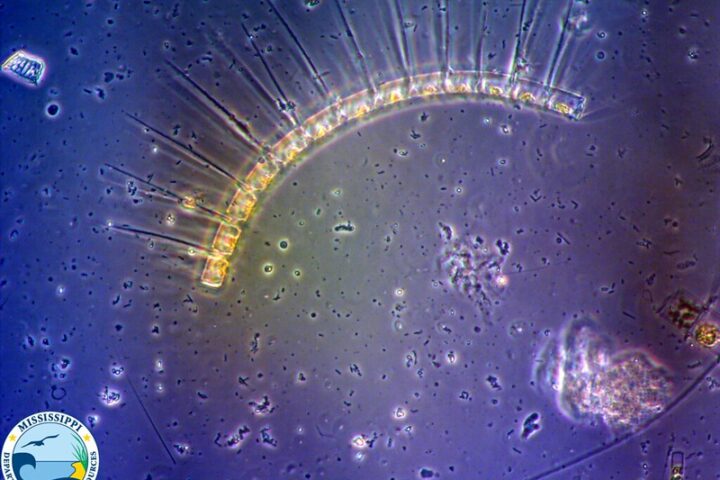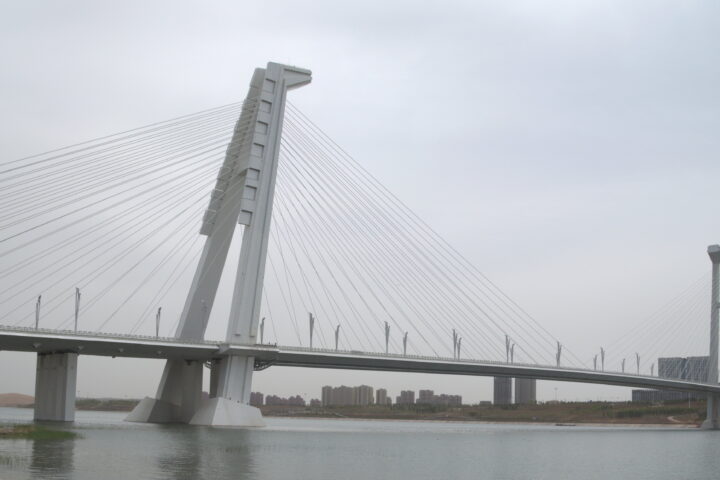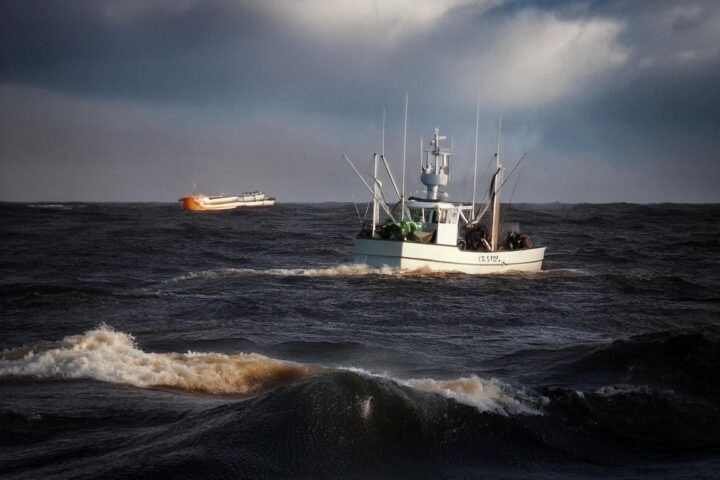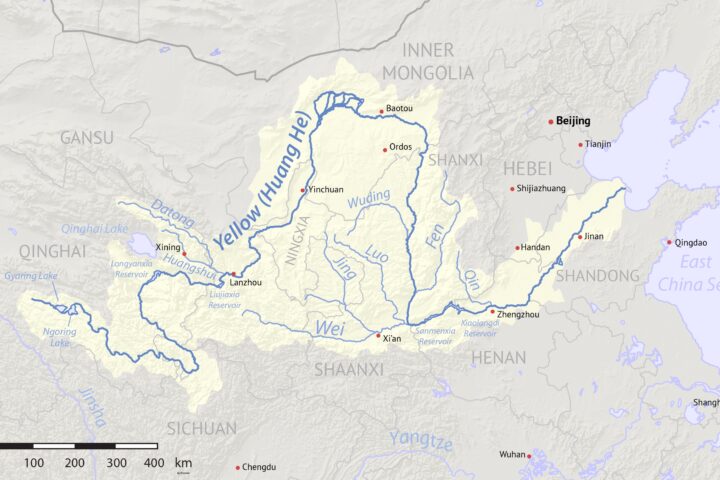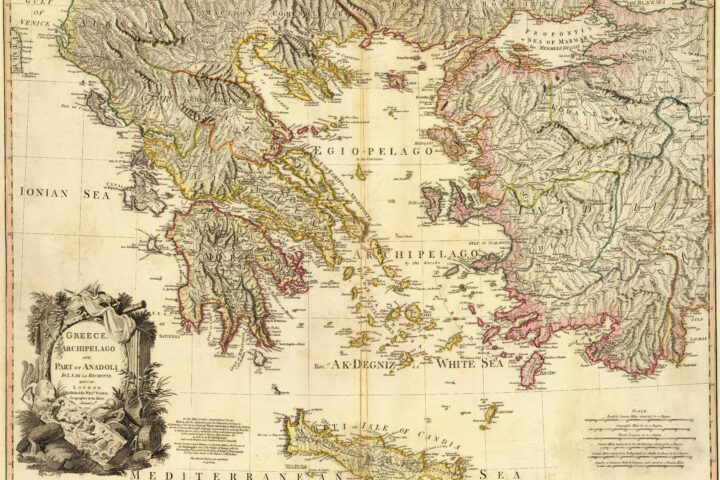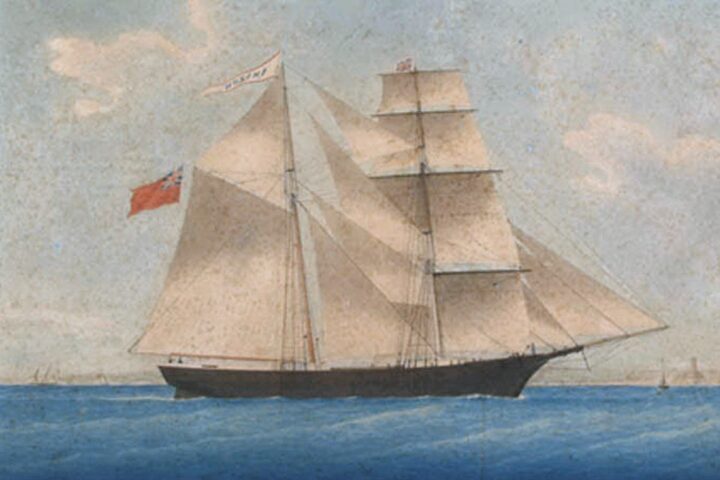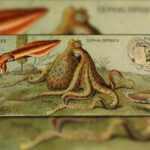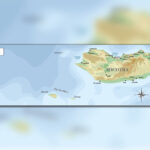Source: Wikimedia_Cryptoprocta_Ferox_By Ran Kirlian – Own work, CC BY-SA 4.0
Introduction
Madagascar is a huge island country off the southeastern coast of Africa, boasting extremely unique biodiversity. Among the most interesting animals peculiar to it is the fossa. The elusive carnivorous mammal is often referred to as a “cat-like mongoose,” and its unusual appearance combined with mysterious habits has driven scientists and nature lovers to focus their attention on it.
The fossa is scientifically referred to as Cryptoprocta ferox and belongs to the family Eupleridae, being endemic to Madagascar. While it generally resembles other carnivores, including cats and mongooses, in body appearance, it holds a singular evolutionary position. This article will look closer at the fascinating world of the fossa by describing physical traits, habitat, behavior, and ecological function.
Physical Characteristics
It is a medium-sized predator, stoutly built. Its body length-without the long, bushy tail-can be as much as 1.2 m, with the body mass reaching up to 12 kg. The normal color of the coat is reddish-brown, with dark markings on legs and face. Its eyes are big and round, adapted for hunting at night.
More striking is the elongated body, with its flexible body that adapts to its maneuverability in thick vegetation and even across trees. Its strong hind legs and sharp claws give an excellent grip, permitting it to scale even the tallest trees.
Habitat and Distribution
It is primarily a lowland and montane rainforest dweller of Madagascar. Habitat: prefers with dense understorey, affording good hunting opportunities and cover. Can be found in many different forest types, but it is most abundant in the eastern and northeastern parts of the island.
Its natural habitat is threatened, and it faces much danger from deforestation, habitat fragmentation, and hunting. These are the factors that have caused a decline in its population and range. Conservation measures will help in protecting the fossa and its habitat.
Behavior and Diet
The fossa is solitary but for when it is in mating season. It has a predominantly nocturnal kind of lifestyle that includes resting in tree hollows or thick vegetation during the day. It heads out at night, when it starts to hunt for prey.
The fossa is an opportunistic predator and testified to taking a wide array of animals. Its diet includes small mammals, birds, reptiles, amphibians, and insects. It is mostly famous for hunting lemurs, which are endemic to Madagascar. Such strong jaws and sharp claws enable it to catch and kill its prey quickly.
Ecological Role
The fossa does much to the ecosystem in Madagascar. As one of the top predators, it provides regulation to the different populations of various prey species. Its presence can influence behavior and the distribution of other animals in the forest.
However, the repercussions it has on the ecosystem are not as well known. Some studies suggest that this might be a negative thing for the lemur populations, whereas others say it is very beneficial to maintaining biodiversity because of the predation pressure it creates.
Conservation Status and Threats
The fossa is currently listed in the IUCN Red List as “Least Concern,” but it has a declining population due to habitat loss and fragmentation. Deforestation, particularly for agriculture and logging, is considered the major threat to the fossa’s survival.
Bushmeat hunting and trade in the pet trade pose serious threats to the fossa. Illegal killing and trade could result in a reduction and fragmentation of populations.
Conservation Efforts
All these organizations go hand in hand in ensuring that the fossa and its habitat are conserved. This includes restoring habitats, stopping the poaching of the animal, and bringing awareness to the people.
Conservationists study the ecology and behavior of the fossa so that adequate conservation strategies could be developed which meet its needs and requirements. Protecting the fossa and its habitat will help in preserving Madagascar’s unique biodiversity. Reproductive Biology
Perhaps the most peculiar aspects regarding the fossa’s life cycles are its very unique reproductive strategies, standing out from other carnivorous mammals. The mode of reproduction entails a sort of delayed implantation in which, after fertilization, the egg would not implant into the uterus but instead stay inactive for several months in the oviduct while the female gives birth to a litter of kittens in the most forthcoming season of the year with plenty of food.
This delayed implantation is an adaptation to the seasonal variability in food availability on Madagascar. This way, when the female delays implantation, she can get full-term development of the foetus and give birth at such a time of year when there is adequate prey to feed her young.
Social Behaviour
Although the fossa is a basically solitary animal, it is far from asocial. Females sometimes form loose social groups, share territories, and occasionally co-operate in raising young. However, males are usually solitary and territorial.
Social behavior of the fossa is influenced by various factors such as food availability and habitat quality. Poor-quality areas are more likely to be tolerated by individuals.
Intelligence and Problem-Solving
The highly intelligent fossa is able to solve intricate problems. Many observed usages of tools, such as sticks to reach prey or defend against predators, have been recorded. This level of intelligence among carnivores is extremely rare and would suggest that the fossa has evolved unique cognitive abilities.
Future Research
While there has been a major enlightenment on fossa, most of the questions regarding its biology and ecology are yet to be answered. Further research will focus on the following areas of exploration:
- Habitat preferences and requirements: determining specific habitat characteristics that are necessary for survival and success of fossa.
- Reproductive biology: further research on the mechanism of delayed implantation and factors that determine the timing of birth.
- Social behaviour: understanding factors that drive the formation of social groups and benefits of cooperation;
- Intelligence and problem-solving: determination of the extent of cognitive capabilities of the fossa and how those contribute to survival.
- Addressing these research questions will provide us with further insight into the biology and ecology of the fossa and allow the building of more effective conservation strategies.
Conservation Challenges and Opportunities
These will involve habitat loss, hunting, and climate change. Its main threat is deforestation, particularly for agriculture, but also from logging. Bushmeat hunting and the pet trade are other serious risks to the population of the fossa.
The variations in climate will also affect the fossa by reducing its habitat. As a result of the increased temperatures and changes in rainfall, the quality of the habitat could be affected and, indirectly, lead to less food.
On the other hand, there are still some various opportunities for conservation. These are provided by means of protected areas, including but not limited to, national parks and reserves that act as sanctuaries and give refuge to the fossa and its habitat. Community-based local conservational efforts also may play an essential role in protecting the fossa and its ecosystem.
The following are some of the challenges that conservationists are working to address in order to ensure the long-term survival of this animal. Raising awareness about the importance of this unique species and supporting conservation will go a long way toward protecting the biodiversity of Madagascar.
Conclusion
The Madagascan fossa is an intriguing and mysterious creature that plays an important role within Madagascar’s ecosystem. Indeed, unique adaptations, complex behavior, and remarkable intelligence make it a very special species.
But even nowadays, habitat loss, hunting, and climate change are severe threats to this species. Its conservation, hence, would be highly vital in protecting it and its habitat. The understanding of its biology and ecology will make us have an effective strategy for its survival in the future.
Sources:
- https://animals.sandiegozoo.org/animals/fossa#:~:text=As%20a%20carnivore%2C%20the%20fossa,kill%20the%20largest%20lemur%20species.
- https://en.wikipedia.org/wiki/Fossa_(animal)
- https://www.nationalgeographic.com/animals/mammals/facts/fossa
- https://bioparcvalencia.es/en/nueva-pareja-del-rarisimo-depredador-dominante-de-madagascar/


